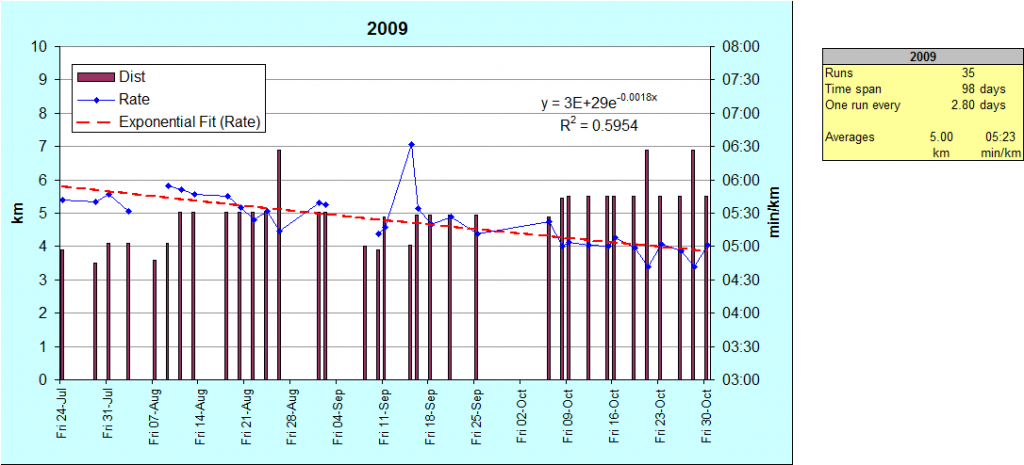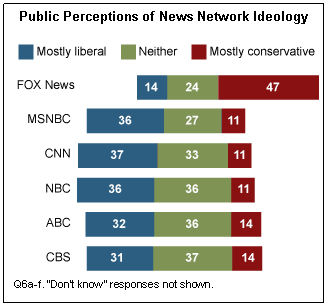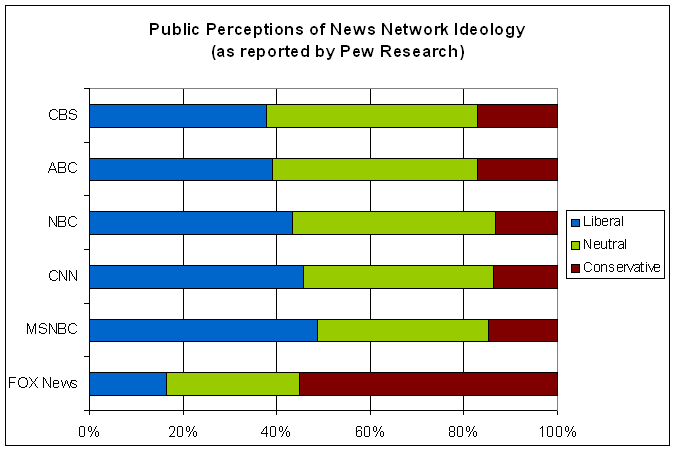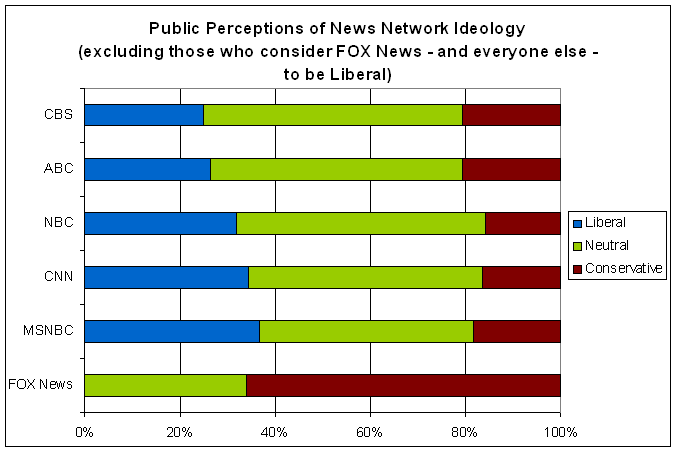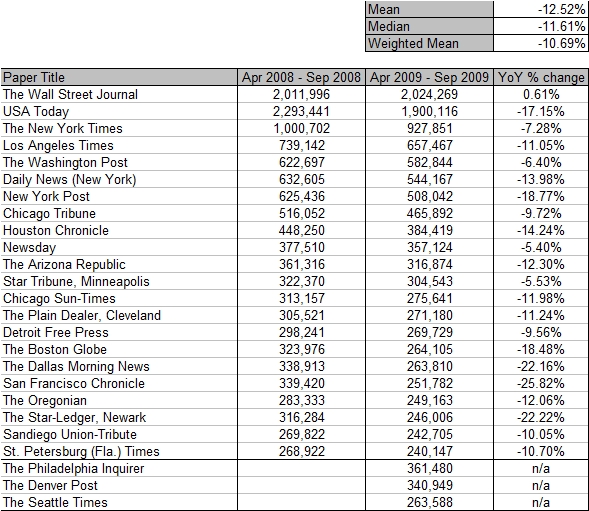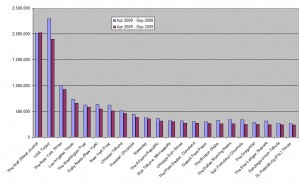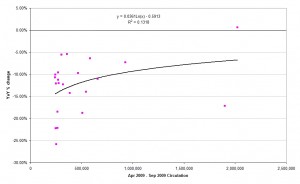Tim Geithner, speaking at the start of the G-20 meeting in Pittsburgh:
Sept. 25 (Bloomberg) — Treasury Secretary Timothy Geithner said he sees a “strong consensus” among Group of 20 nations to reduce reliance on exports for growth and defended the dollar’s role as the world’s reserve currency.
“A strong dollar is very important in the United States,” Geithner said in response to a question at a press conference yesterday in Pittsburgh, where G-20 leaders began two days of talks.
Tim Geithner, speaking in Tokyo while joining the US President on a tour of Asian capitals:
Nov. 11 (Bloomberg) — U.S. Treasury Secretary Timothy Geithner said a strong dollar is in the nation’s interest and the government recognizes the importance it plays in the global financial system.
“I believe deeply that it’s very important to the United States, to the economic health of the United States, that we maintain a strong dollar,” Geithner told reporters in Tokyo today.
[…]
Geithner said U.S. efforts to boost exports aren’t in conflict with the “strong-dollar” policy. “I don’t think there’s any contradiction between the policies,” he said.
Which is hilarious.
There is no objective standard for currency strength [1]. A “strong (US) dollar” is a dollar strong relative to other currencies, so it’s equivalent to saying “weak non-US-dollar currencies”. But when the US dollar is up and other currencies are down, that means that the US will import more (and export less), while the other countries will export more (and import less), which is the exact opposite of the re-balancing efforts.
The only way to reconcile what Geithner’s saying with the laws of mathematics is to suppose that his “strong dollar” statements are political and relate only to the nominal exchange rate and observe that trade is driven by the real exchange rate. But that then means that he’s calling for a stable nominal exchange rate combined with either deflation in the USA or inflation in other countries.
Assuming my previous paragraph is true, 10 points to the person who can see the potential conspiracy theory [2] implication of Nouriel Roubini’s recent observation that the US holding their interest rates at zero is fueling “the mother of all carry trades” [Financial Times, RGE Monitor].
Hint: If you go for the conspiracy theory, this story would make you think it was working.
Nov. 13 (Bloomberg) — Brazil, South Korea and Russia are losing the battle among developing nations to reduce gains in their currencies and keep exports competitive as the demand for their financial assets, driven by the slumping dollar, is proving more than central banks can handle.
[…]
Governments are amassing record foreign-exchange reserves as they direct central banks to buy dollars in an attempt to stem the greenback’s slide and keep their currencies from appreciating too fast and making their exports too expensive.
[…]
“It looked for a while like the Bank of Korea was trying to defend 1,200, but it looks like they’ve given up and are just trying to slow the advance,” said Collin Crownover, head of currency management in London at State Street Global Advisors
The answer to follow …
Update: The answer is in my next post.
[1] There better not be any gold bugs in the audience. Don’t make me come over there and hurt you.
[2] Okay, not a conspiracy theory; just a behind-the-scenes-while-completely-in-the-open strategy of international power struggles.
[1] There better not be any gold bugs on this list. Don’t make me
come over there and hurt you.
[2] Okay, not a conspiracy theory; just a behind-the-scenes-while-
completely-in-the-open strategy of international power struggles.
